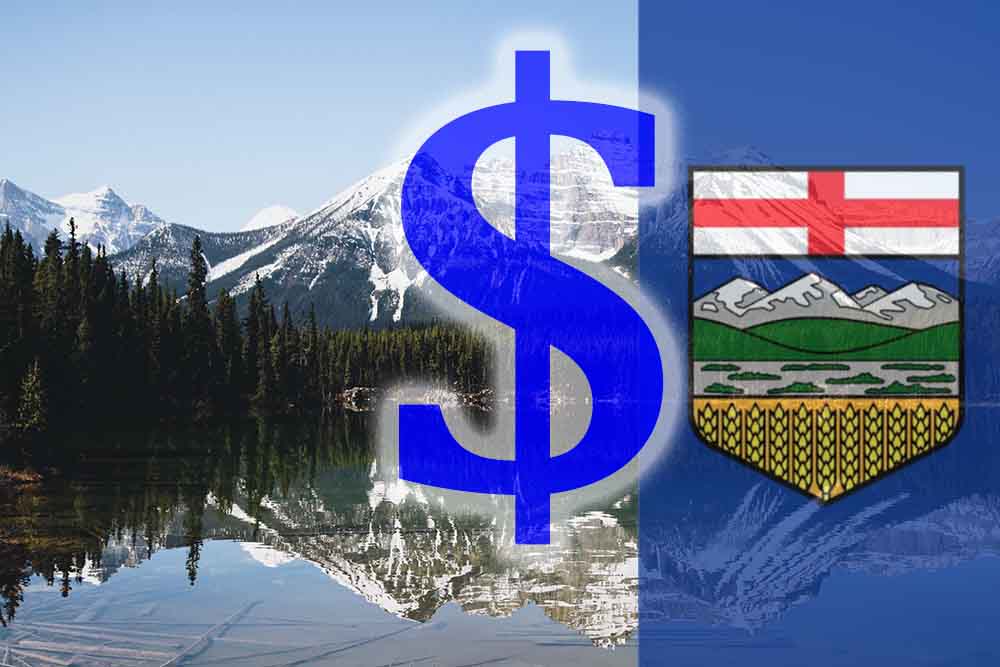Albertans received the pleasant news that their deficit-plagued provincial government might bank a surplus for their concluding fiscal year, and could very well experience the same this year. The reason for this happy state of financial affairs is the elevated price levels of oil and natural gas – coming just as a resurgence in the economy had brought the province out of its dismal funk of 2020.
While welcome, it also prompts a question that has long dogged the Wild Rose Province: why are Alberta public finances so hostage to the vagaries of either international commodity markets or epidemiological or geopolitical disruptions?
Previous Alberta provincial governments made an attempt to mitigate this dependency and vulnerability. In 1976, Alberta’s first conservative premier elected in decades, Peter Lougheed, established the Heritage Savings Trust Fund (HSTF) to accumulate windfall resource revenues.
Sadly, and for a variety of reasons, the HSTF, unlike the mammoth Norwegian Sovereign Wealth Fund (NSWF), was neither robustly constituted, independent, nor immune from politically-motivated tinkering, and inevitable withdrawals. Indeed, Alberta’s HSTF, in contrast to the now USD$1.3 trillion fund of Norway’s NSWF, has a ‘paltry’ nineteen billion Canadian loonies.
It is rare for an Alberta government to show a fiscal year surplus; it only happens when oil and gas prices are abnormally high. Too often, politicians have drawn on the HSTF rather than grown it. Industry, and even households, would not operate that way; they plan for a financially sustainable future.
Based on its expectation of an average oil price of USD$70 per barrel for West Texas Intermediate, the Alberta government intends to increase spending by 4.0% this budget year, while forecasting a $500 million surplus. The government also expects similar levels of annual surpluses for the following few years. Yet RBC Economics notes oil prices have been well above of $100 a barrel: 40% over the government projection. At current prices, Alberta’s annual surplus would likely soar past its projection.
It is axiomatic that the major corrective for high commodity prices is high prices, particularly for oil. Customers reduce consumption as price rises while producers drill and complete more wells. Also, again, specifically for oil, a price far above the recent average has often been a precursor of a recession. Subsequently, when recession hits, economic activity declines and so does, eventually, the oil price.
So, the near future could bring either big surpluses or sudden deficits. Given plausible reversals as cited above, it would be prudent for the government to put its fiscal trajectory on a sustainable, and conservative, path. (Another idea: sell oil forward to lock in high prices).
The Alberta government should enact a policy for years when commodity prices are higher or lower than expected. When those prices bring government revenues above its budget, the excess should be divided between provincial debt repayment, lowering debt servicing costs, and injections into the HSTF.
Such a policy should be put into law, ensuring that the province doesn’t live beyond its means. Eventually, investment income from a now-much bigger HSTF could offset lower revenues during a bad spell in the oil patch. This policy would better reassure Alberta citizens, who, at this time, are forced to cope with the scary roller coaster that is the Alberta economy and its public overseer, the government.



